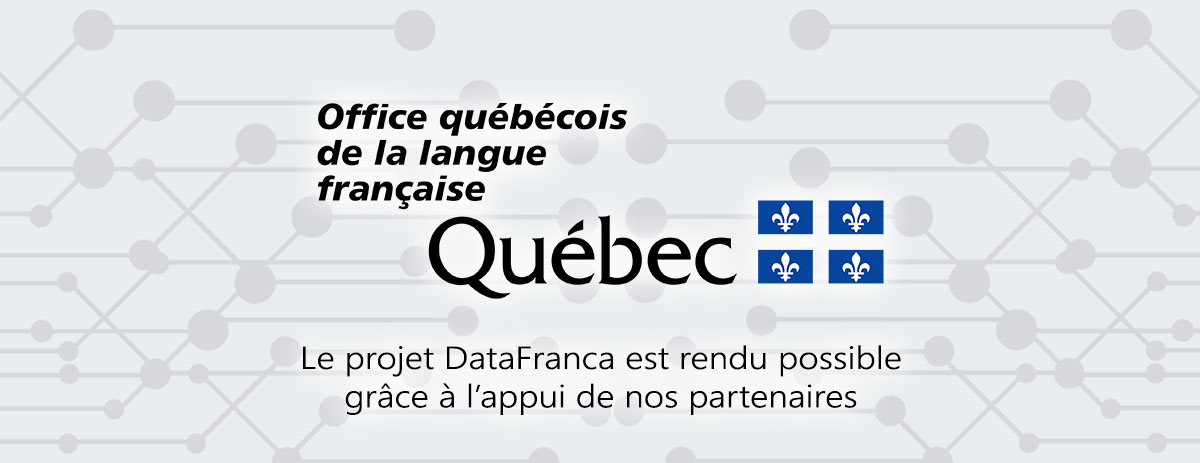« Généralisation en rétropropagation » : différence entre les versions
Aucun résumé des modifications Balise : Éditeur de wikicode 2017 |
Aucun résumé des modifications Balise : Éditeur de wikicode 2017 |
||
| Ligne 1 : | Ligne 1 : | ||
== Définition == | |||
L'apprentissage du rétropropagation semble fonctionner en obtenant tout d'abord un ensemble approximatif de poids qui correspondent aux modèles d'entraînement d'une manière générale, puis en progressant progressivement vers un ensemble de poids qui correspondent exactement aux modèles d'entraînement. | |||
Si l'apprentissage va trop loin dans cette voie, on peut atteindre un ensemble de pondérations qui correspond très bien aux particularités de l'ensemble particulier de modèles, mais qui n'interpole pas (c'est-à-dire généralisent) bien. | |||
== Français == | == Français == | ||
'''Généralisation en rétropropagation''' <small> loc. nom. fém. </small> | |||
== Anglais == | == Anglais == | ||
''' | '''Generalization in backprop''' | ||
<small> | |||
[http://www.cse.unsw.edu.au/~billw/dictionaries/mldict.html Source : INWS machine learning dictionary] | |||
[ | [[Catégorie:Scotty]] | ||
[[Catégorie:Vocabulary]] | |||
[[Catégorie:Apprentissage machine]] | |||
[[Catégorie:UNSW]] | |||
Version du 18 mai 2020 à 15:08
Définition
L'apprentissage du rétropropagation semble fonctionner en obtenant tout d'abord un ensemble approximatif de poids qui correspondent aux modèles d'entraînement d'une manière générale, puis en progressant progressivement vers un ensemble de poids qui correspondent exactement aux modèles d'entraînement.
Si l'apprentissage va trop loin dans cette voie, on peut atteindre un ensemble de pondérations qui correspond très bien aux particularités de l'ensemble particulier de modèles, mais qui n'interpole pas (c'est-à-dire généralisent) bien.
Français
Généralisation en rétropropagation loc. nom. fém.
Anglais
Generalization in backprop

Contributeurs: Imane Meziani, wiki, Sihem Kouache






